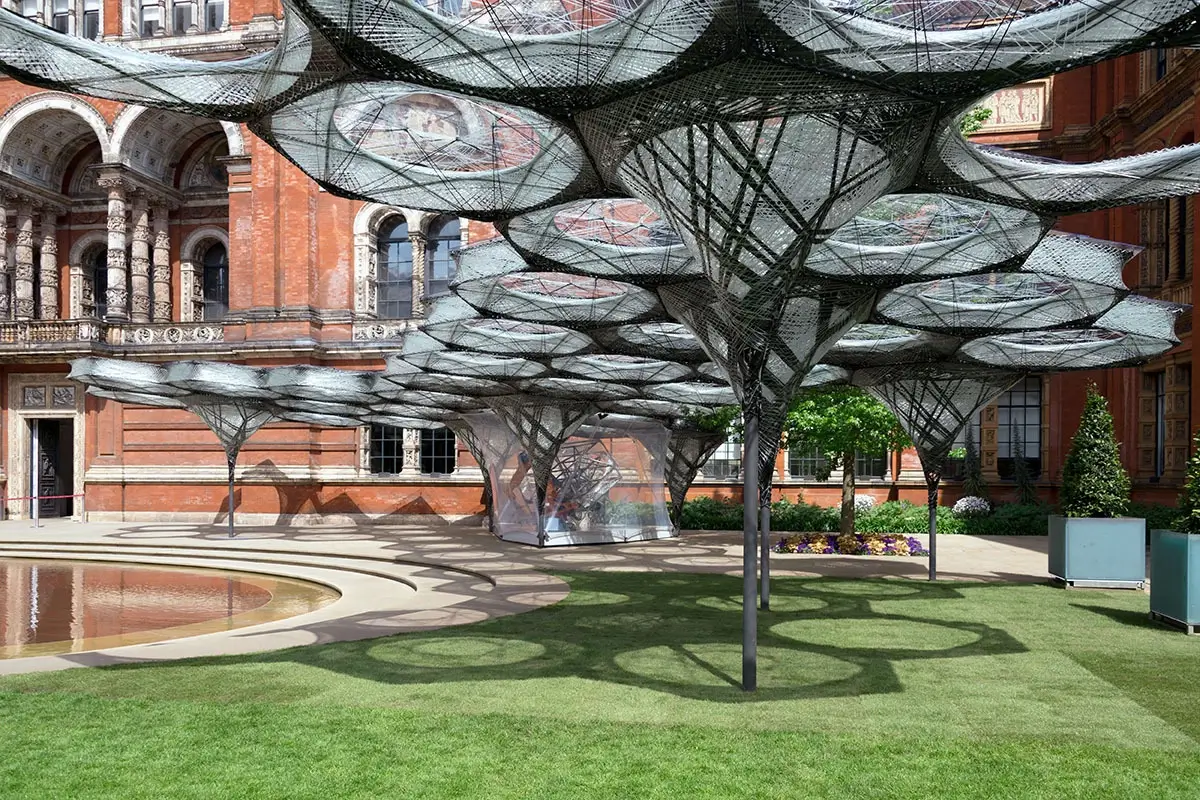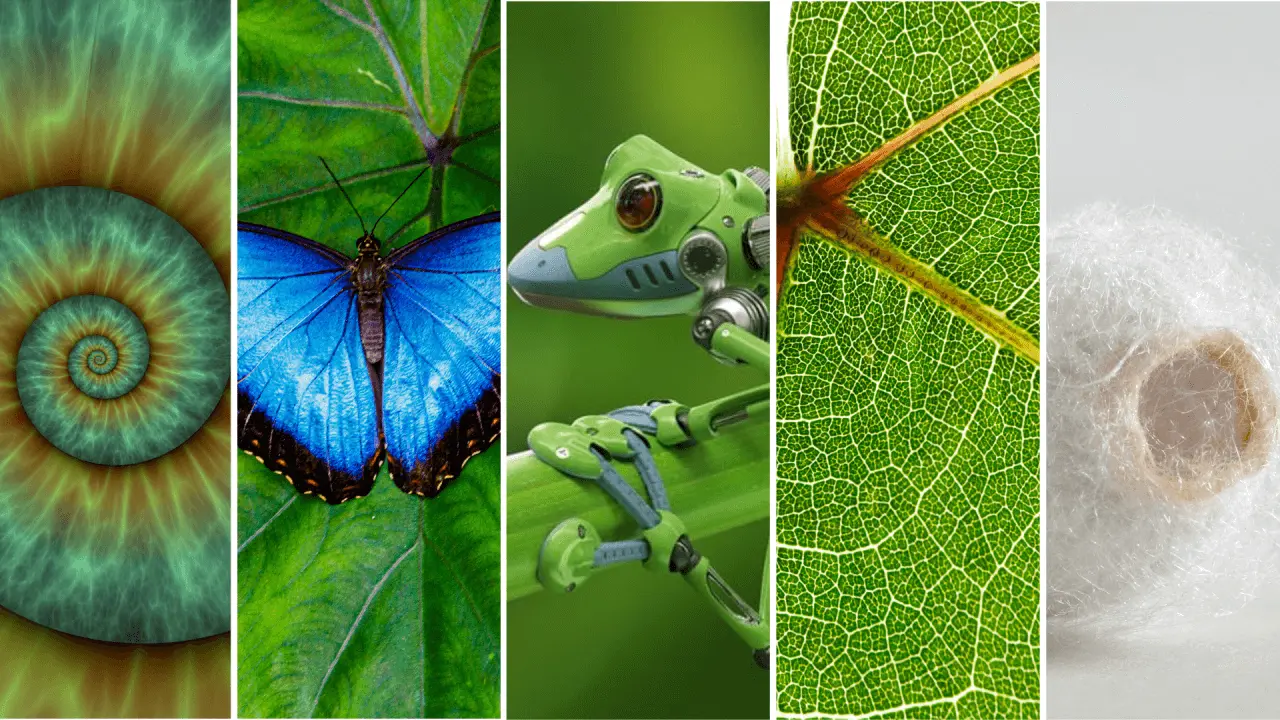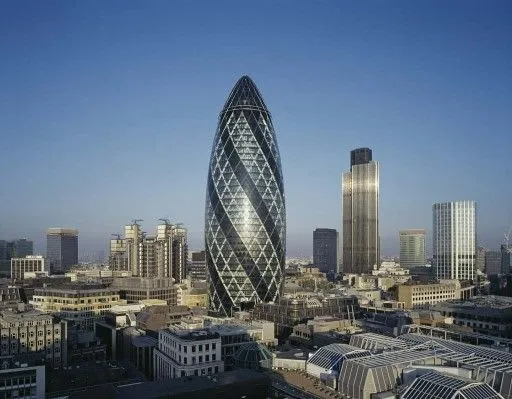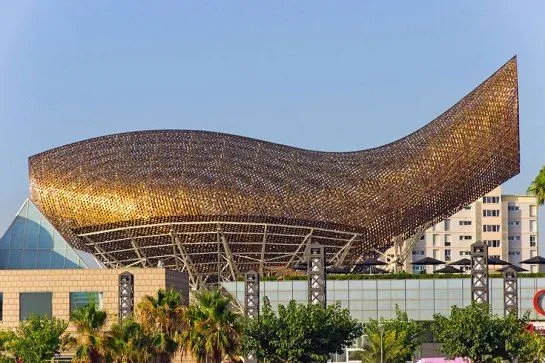Design with Nature: Biomimicry in Architecture
Jun 13, 2024
Category: Others
Admin

Biomimicry is a potentially developing study that uses natural models, systems, and materials to solve design challenges. The term was coined by Janine M. Benyus in 1997. Biomimicry in architecture encourages a paradigm shift away from the use of traditional natural materials to learning from time-tested natural solutions.
Principles of Biomimicry
1. Nature as a Model
Biomimicry is a scientific field that studies natural designs and processes to find inspiration for addressing human problems. For example, a solar cell is inspired by the structure of a leaf.
2. Nature as a Measure
Biomimicry uses ecological benchmarks to assess our ideas. With 3.8 billion years of evolution, nature has established what is useful, appropriate, and long-lasting.
3. Nature as a Mentor
Biomimicry provides a new perspective on how we see and appreciate nature. Instead of exploiting the natural world, we seek insight and inspiration from its complex systems and processes.
Relationship between Biomimicry and Architecture

Biomimicry is invaluable in architecture, prompting architects to ask: “What would nature do?” This approach involves learning through imitation. While biomimicry is a new field, it has been used intuitively for decades. It is essential to understand the relationship between nature and design.
A good architectural design method involves thinking about the building’s function, anticipating space needs, and finding natural examples that meet these objectives. Integrating biological knowledge can lead to innovative designs. This process requires time and multiple tests but understanding and evolving is the key.
Importance of Biomimicry in Architecture
Sustainability
Biomimicry promotes sustainability in design by employing efficient forms that use less material. It also enhances energy efficiency by simulating natural processes for airflow, lighting, and temperature adjustments.
Resilience
Biomimicry promotes resilience by creating adaptive structures based on natural patterns. These structures have flexible systems to effectively endure changes in the surrounding environment without losing functionality.
Innovation
Biomimicry encourages innovation by introducing new architectural shapes and processes. It promotes the creation of innovative construction methods and technologies, such as 3D printing, which are inspired by nature’s efficient designs.
Challenges and Limitations of Application of Biomimicry in Architecture

Biomimicry in architecture offers exciting possibilities. However, it also comes with its share of challenges and limitations as follows:
Lack of Clear Methodology
● Current building regulations may not be designed to accommodate biomimicry architecture, posing challenges in implementation.
● One significant challenge is the absence of a standardized methodology.
Transforming Concepts into Built Forms
● The application of biomimetic designs may provide construction-related difficulties, especially when trying to replicate complex natural forms with traditional building methods.
Material Challenges
● Identifying suitable materials that mimic natural properties can be tricky. Despite the availability of flexible materials, there are still limitations in material science.
Scale and Adaptation
● Biomimetic solutions often work well at small scales (e.g., building envelopes), but scaling up can be problematic. Ensuring functionality and structural integrity across larger buildings remains a challenge.
Long-Term Performance and Maintenance
● Biomimetic designs should not only perform well initially but also maintain their functionality over time. Ensuring durability and ease of maintenance is crucial.
Real Life Examples of Biomimicry in Architecture
Below is a table summarising some remarkable biomimicry-inspired structures:
National Aquatics Center (Water Cube)

Imitates soap bubbles for its unique geometry and uses ETFE panels for lightweight insulation.
Gherkin Tower

Shape inspired by the spiralling pattern of sunflower seeds, optimising wind resistance and light.
Olympic Fish Pavilion

Mimics fish scales for self-shading and energy efficiency.
Conclusion
Biomimicry in architecture addresses modern design challenges by mimicking natural processes. It combines biology and technology, offering sustainable and innovative solutions for efficiency and effectiveness. It provides a framework for designing effective environmentally friendly systems as environmental and infrastructure challenges increase.
FAQs
Q1. Can you give an example of biomimicry in architecture?
Ans. The Eastgate Center in Zimbabwe uses termite mound ventilation to control temperature naturally.
Q2. Is biomimicry cost-effective?
Ans. The initial cost may be higher. However, it offers long-term benefits by reducing energy consumption, reducing maintenance costs, and providing sustainability.
Q3. Are there any regulations for biomimicry in architecture?
Ans. Building regulations may not address biomimicry, posing implementation challenges.








